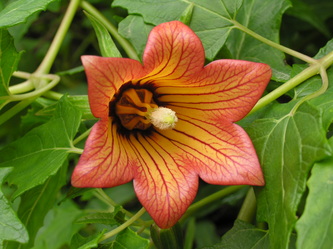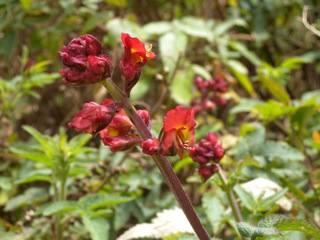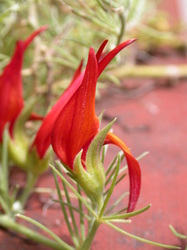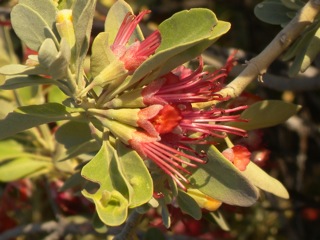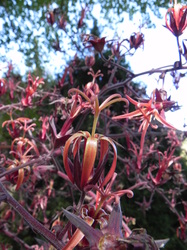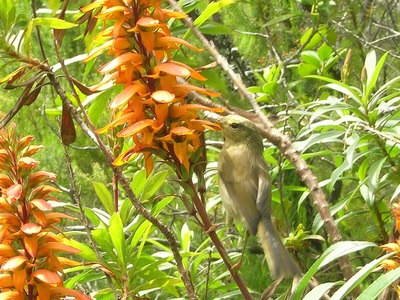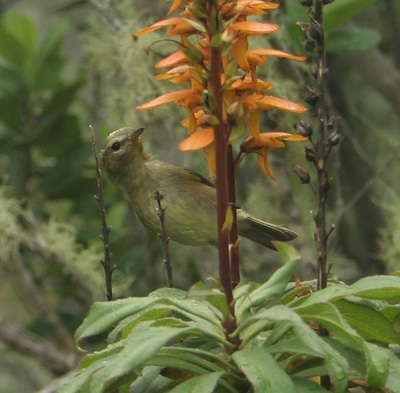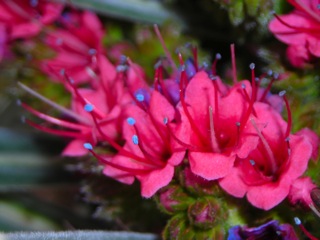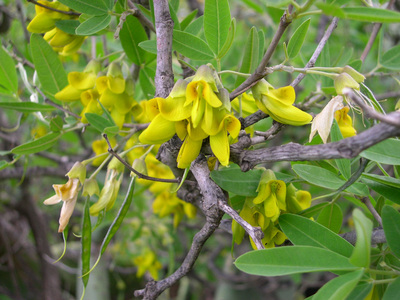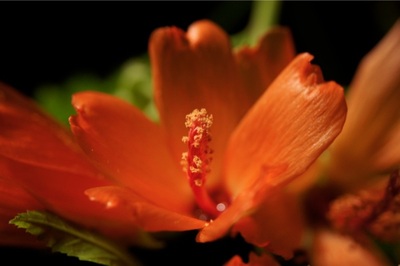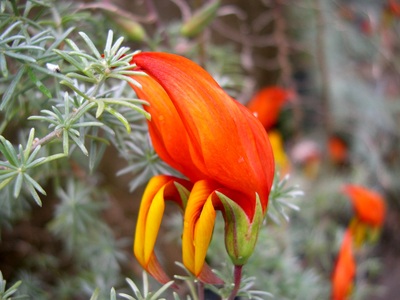The Macaronesian bird-pollinated element
The Macaronesian region comprises five archipelagos (Cape Verde, Madeira, Salvages, the Canary Islands and Azores) with several examples of evolutionary convergence. One of this convergent adaptations include a set of floral traits (including flower color, nectar composition, and lack of scent) adapted to attract opportunistic passerine birds as pollinators. The Macaronesian bird-pollinated element contains at least 19 species from eight plant families that display this set of floral traits associated with this pollination syndrome. The group has both paleo-endemic and neo-endemic species that evolved in mainland Africa (or Europe) and on the islands, respectively.
As a group, the Macaronesian bird-pollinated element represents a unique opportunity to study the evolutionary convergence of these floral traits associated with bird pollination. My research is focused on understanding the convergent evolution of some of these floral traits, such as floral pigmentation (anthocyanins and flavonols), petal epidermal surface, nectar and scent composition, and petal reflectance. My goal in this area is to establish the Macaronesian bird-flowered element as a model system to study the parallel evolution of ornithophilous traits.
As a group, the Macaronesian bird-pollinated element represents a unique opportunity to study the evolutionary convergence of these floral traits associated with bird pollination. My research is focused on understanding the convergent evolution of some of these floral traits, such as floral pigmentation (anthocyanins and flavonols), petal epidermal surface, nectar and scent composition, and petal reflectance. My goal in this area is to establish the Macaronesian bird-flowered element as a model system to study the parallel evolution of ornithophilous traits.
